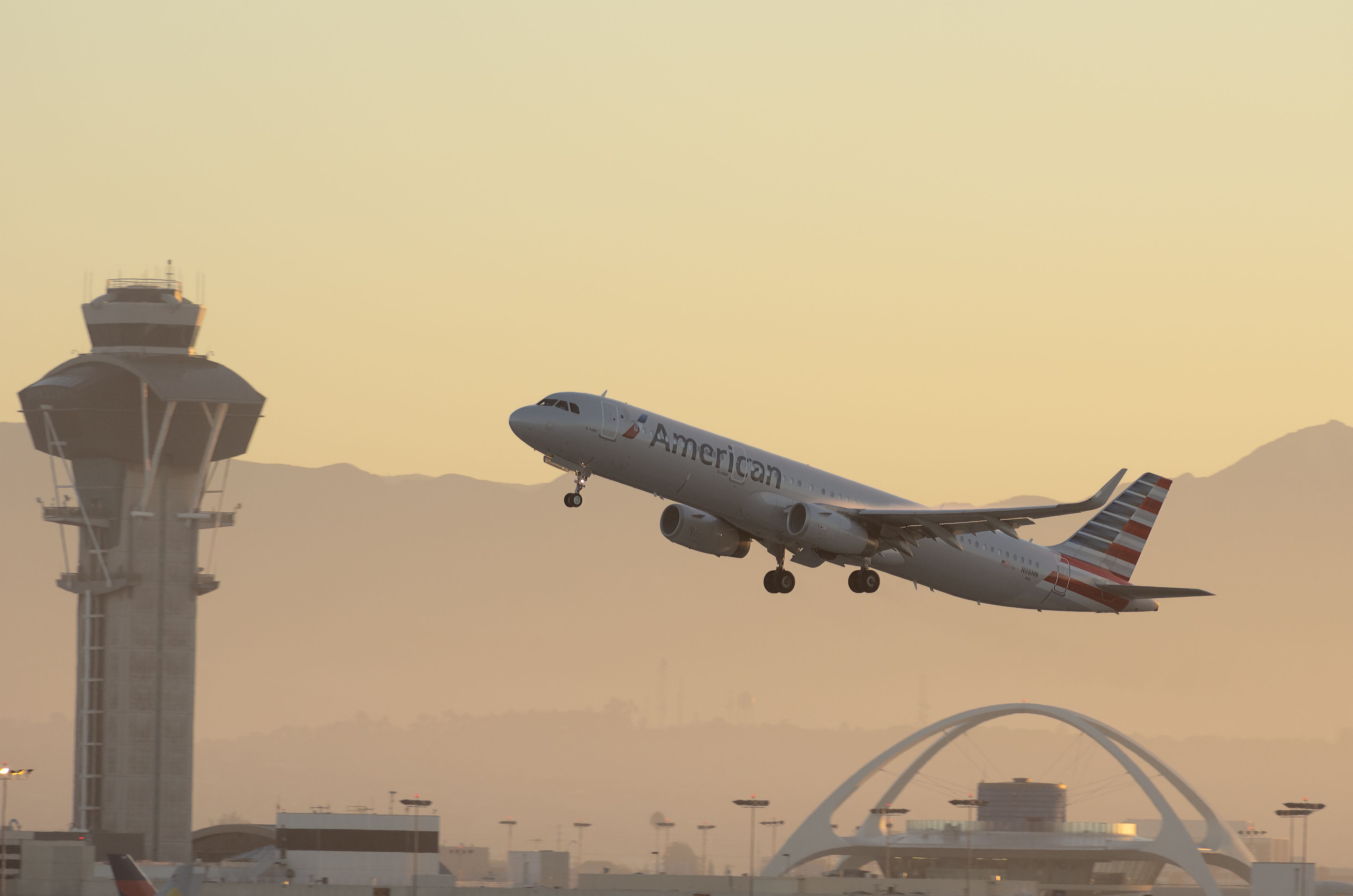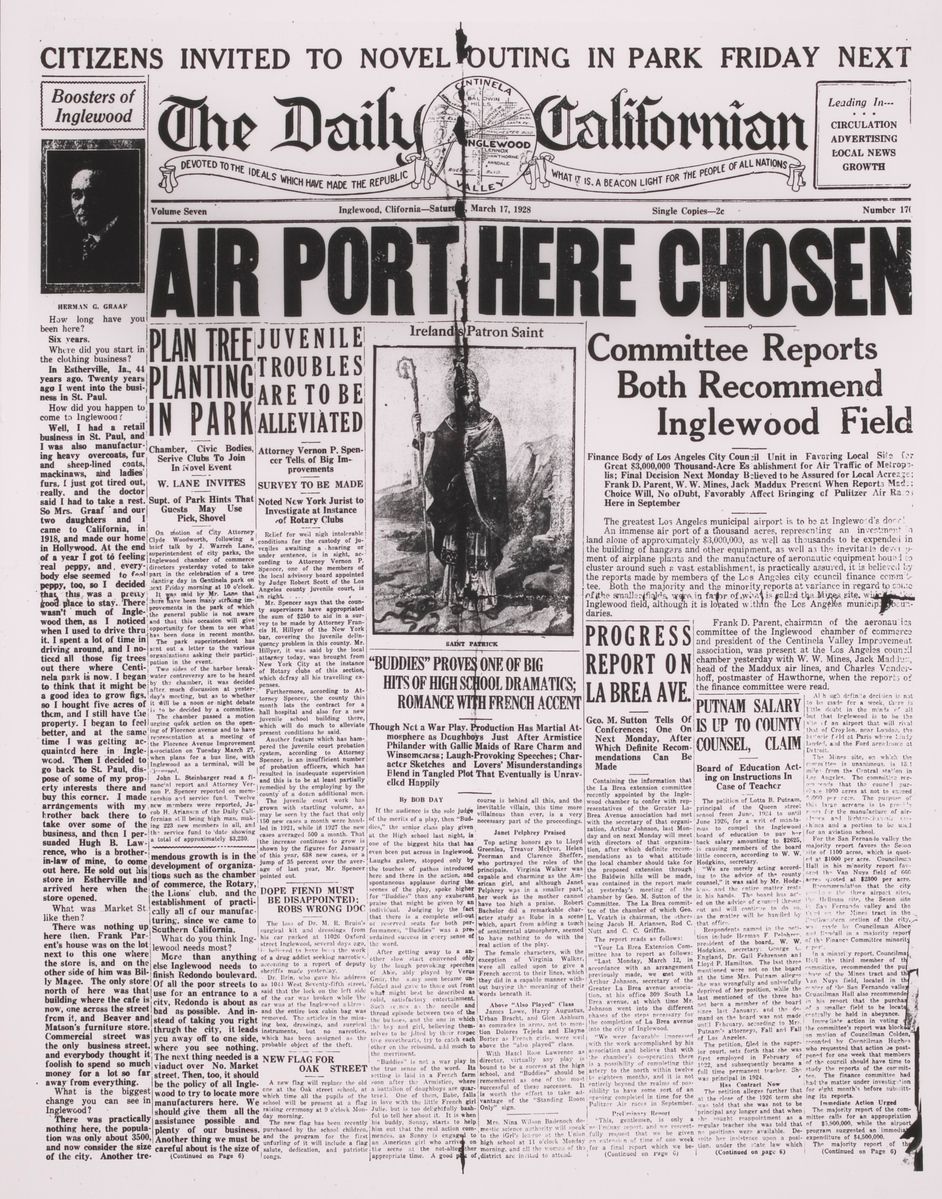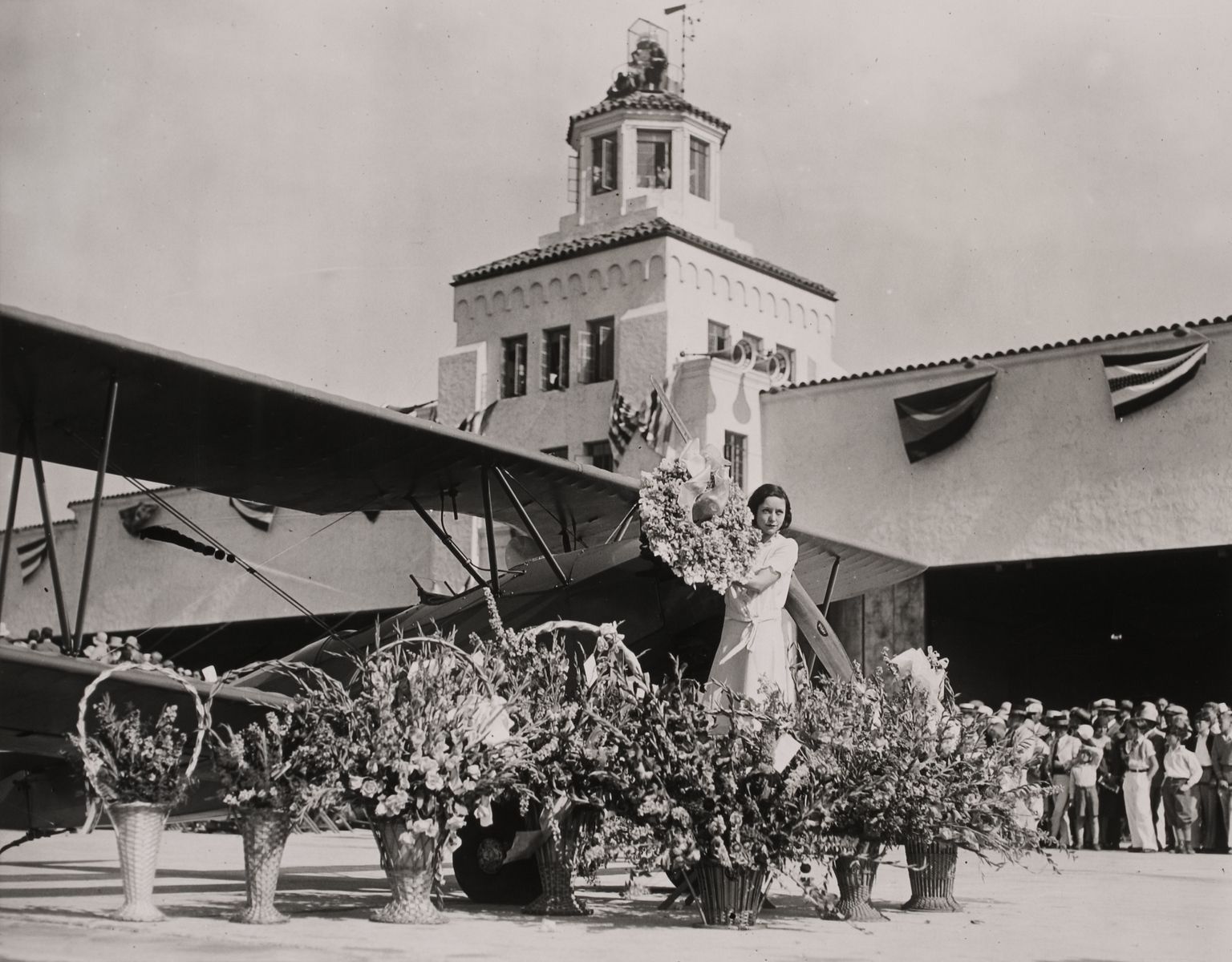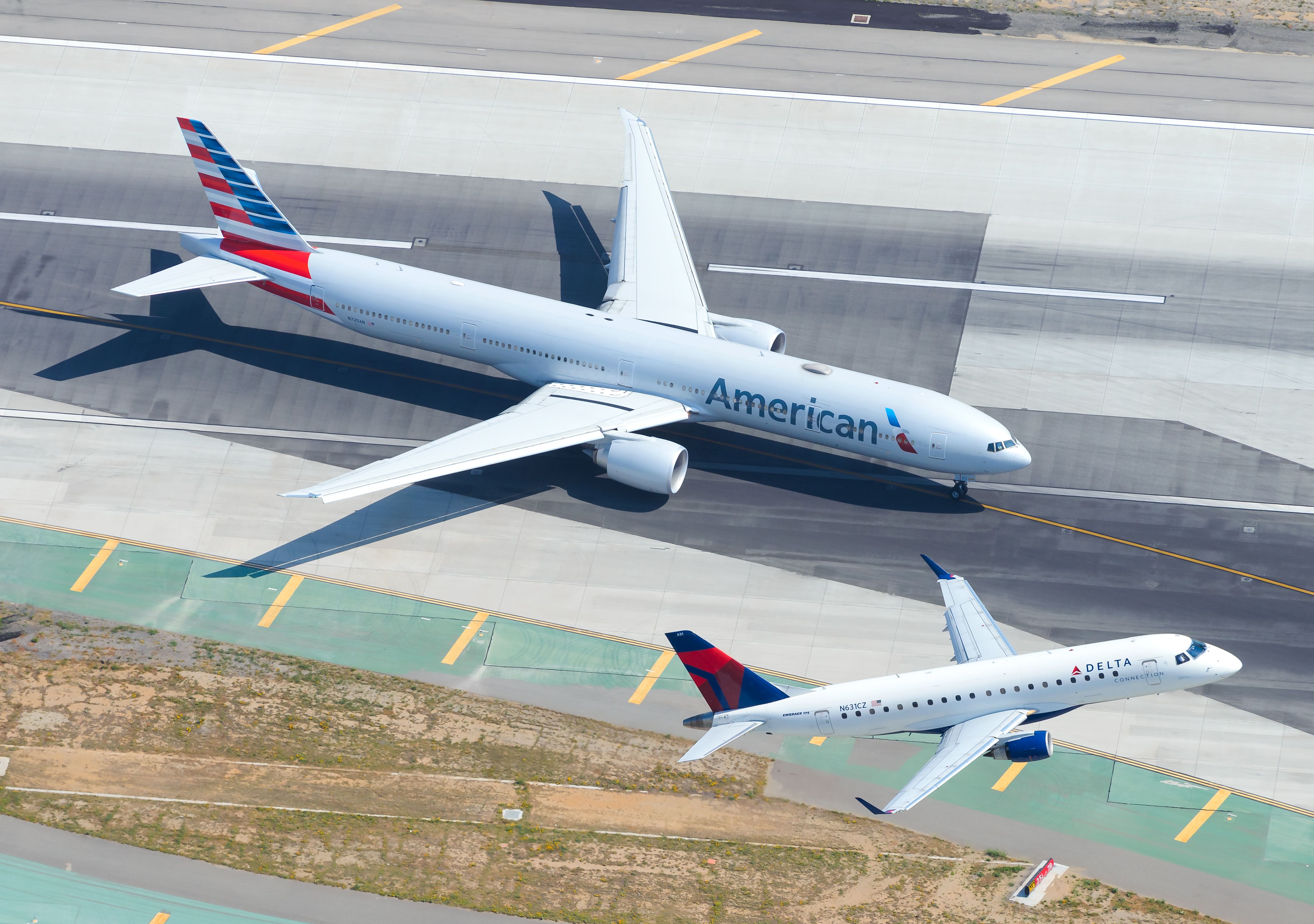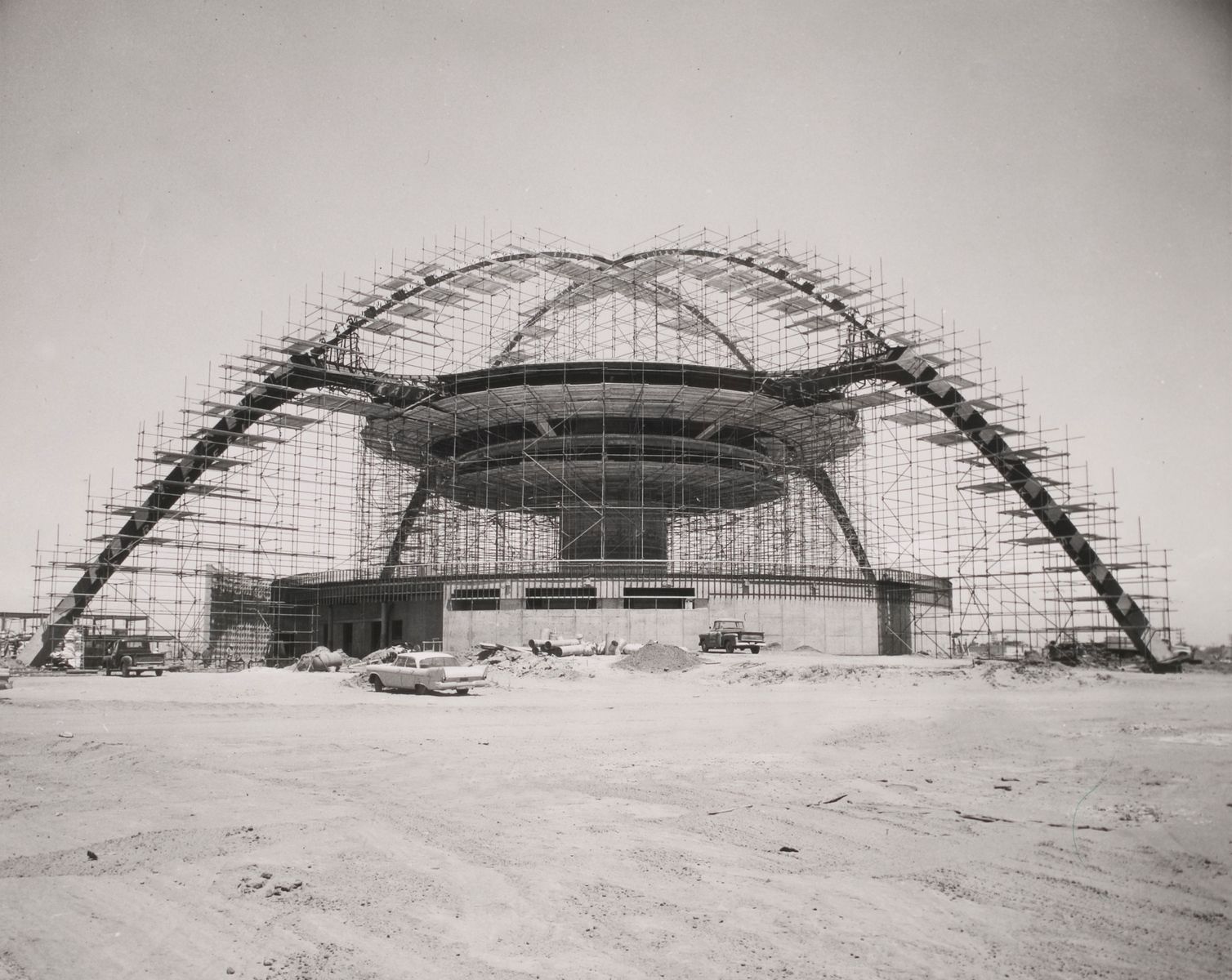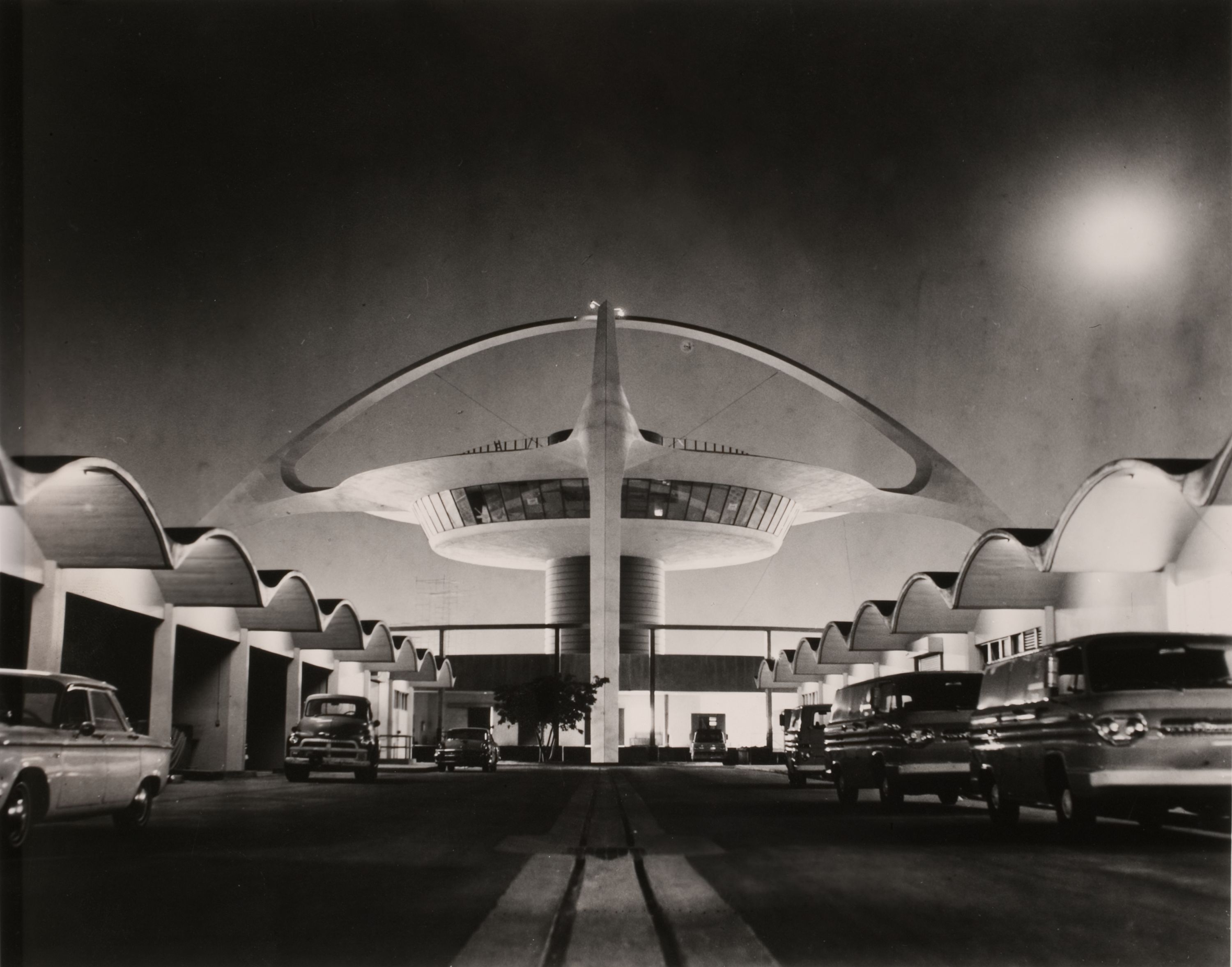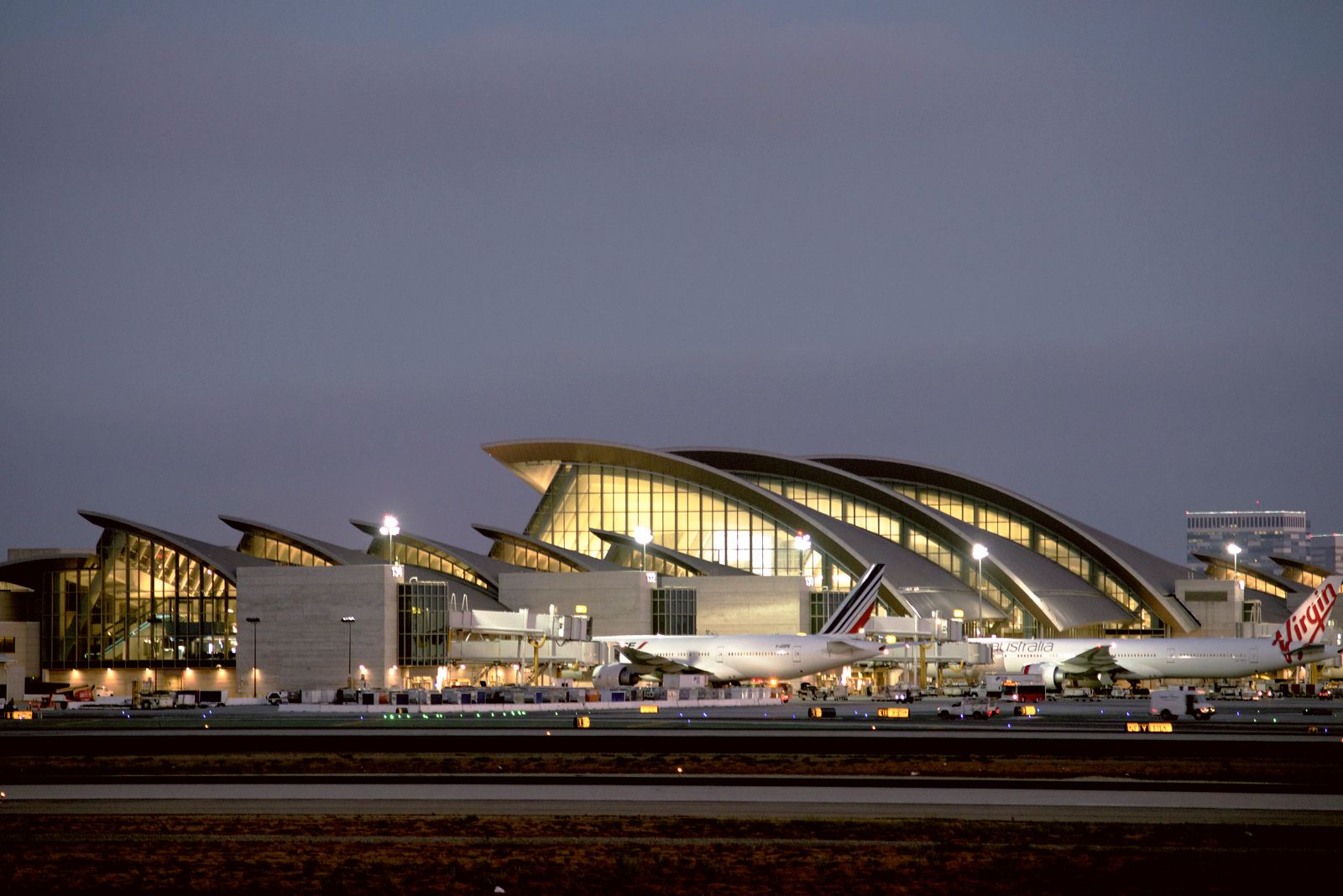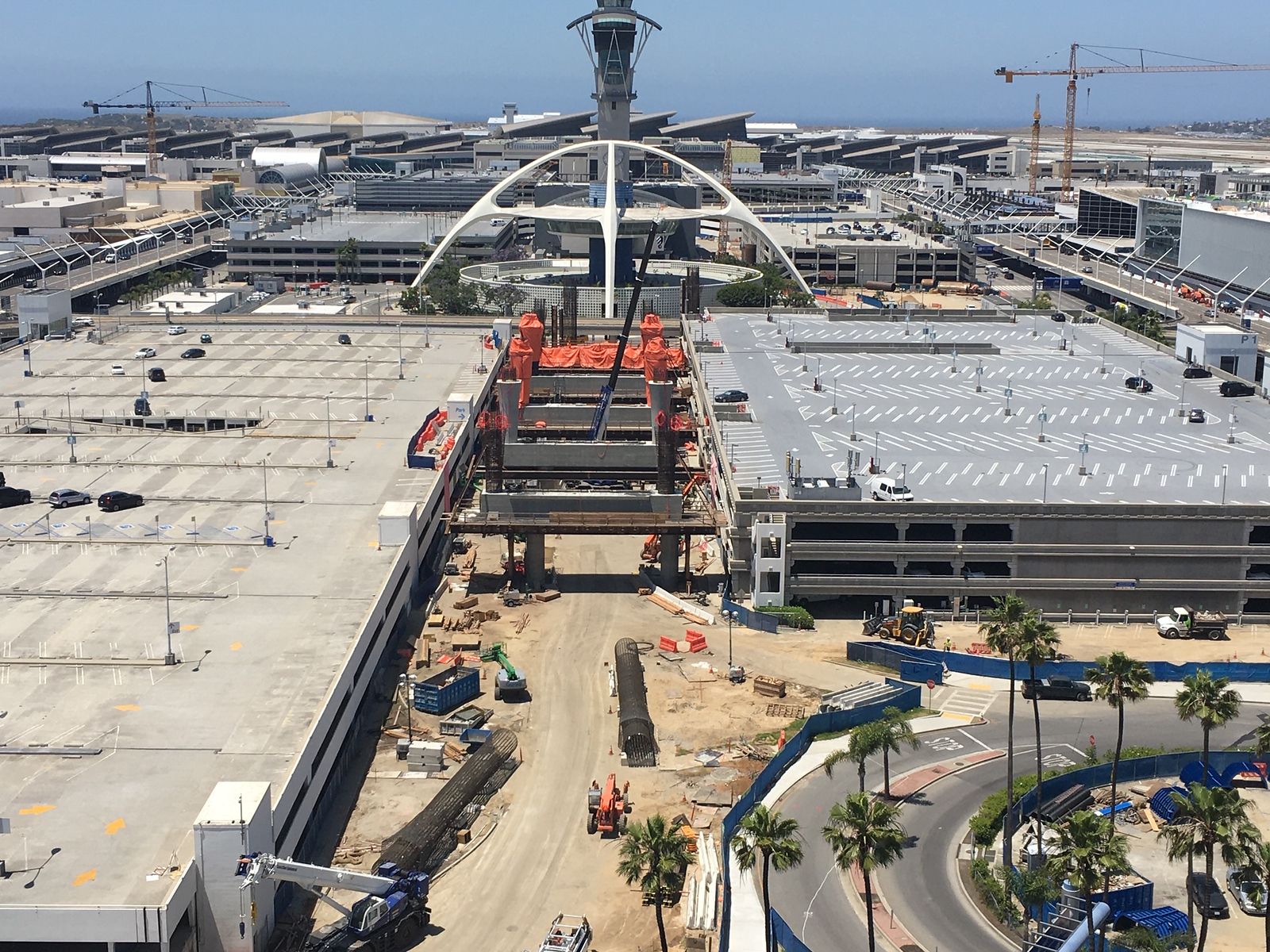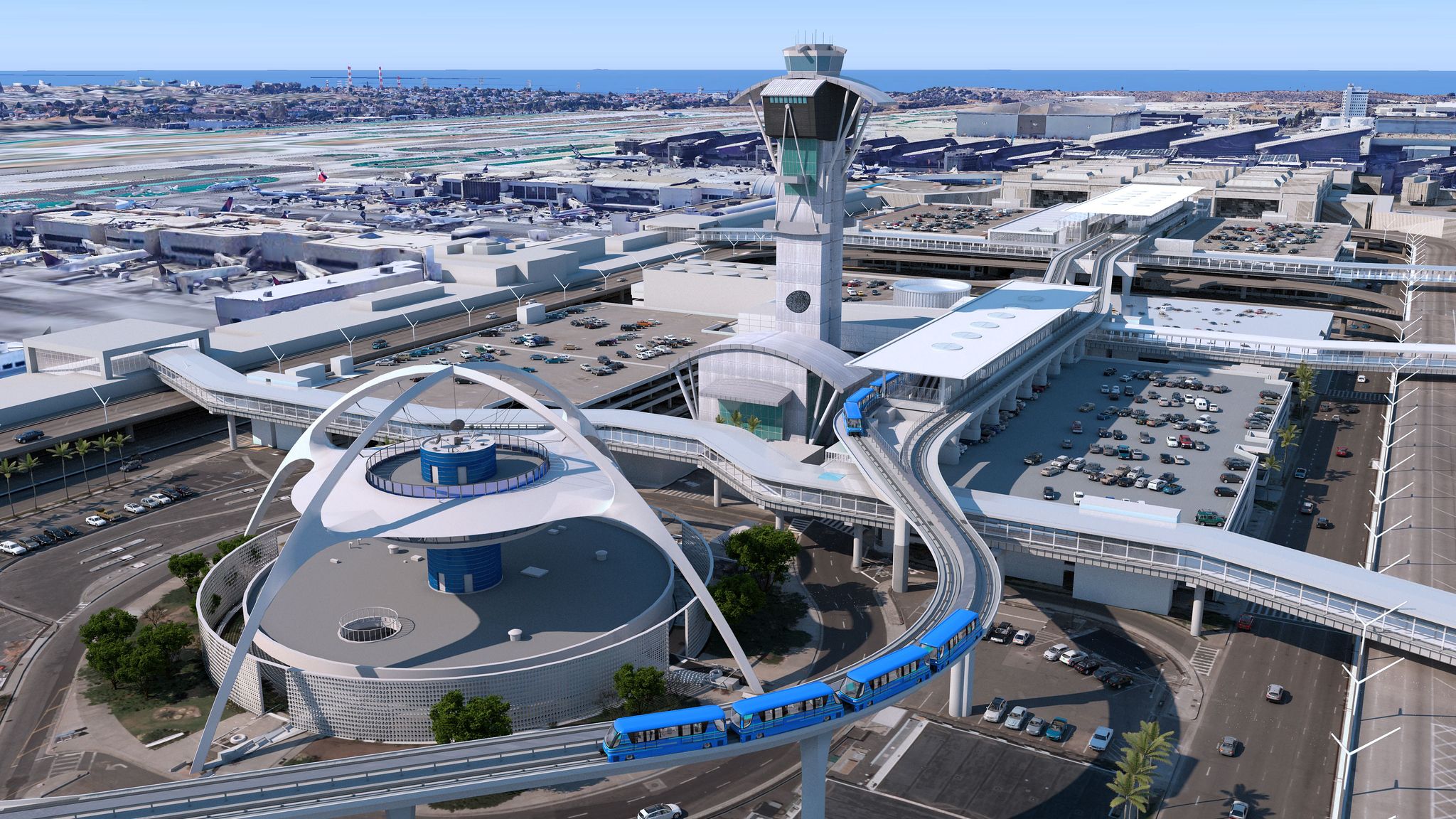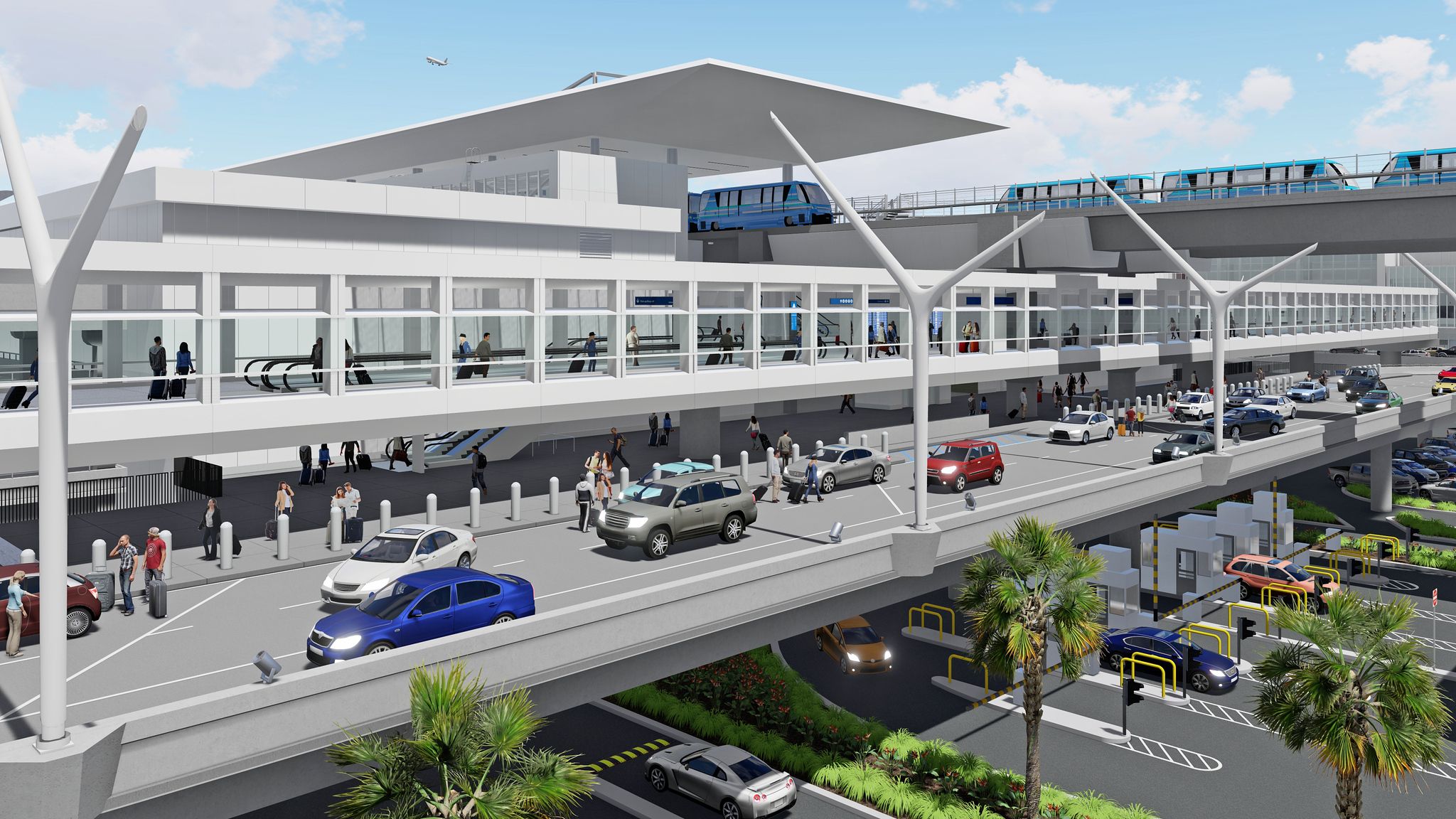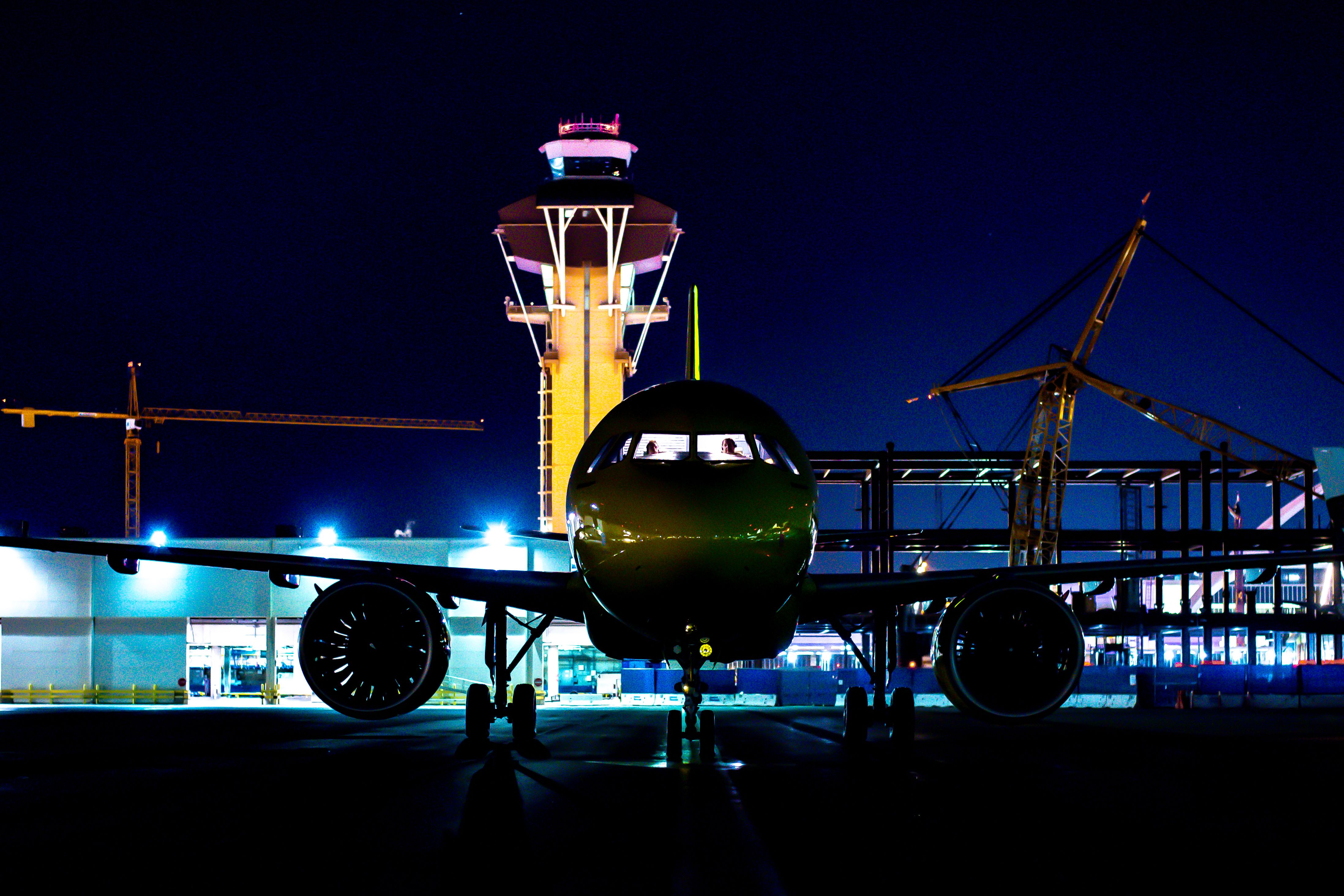In existence for more than 70 years, Los Angeles International has grown out of the wheat and barley fields of southern California to become one of the world’s most important aviation hubs. In 2022, it was the fifth busiest US airport for passenger movements (based on data from the FAA). Pre-COVID, in 2019, the airport was the second busiest.
Once a dirt landing strip with a single hangar built for Curtiss-Wright, LAX has been through many changes in its lifespan. Having spent a decade as a municipal airport, it became a key wartime airfield and eventually the international airport we know today. Expansion at LAX has continued, and today it is a hub for no less than four major US carriers – Alaska, American Airlines, Delta Air Lines, and United Airlines.
Mines Field – the very beginning
The story of Los Angeles International Airport (LAX) started in 1926 when the Los Angeles City Council realized the city needed an airfield of its own to capitalize on the emerging aviation industry in the US. Local real estate agent William W Mines promoted the location for the construction of the airport, and so it became known as "Mines Field."
Construction began in 1928 to convert the arable ground in the fields into basic dirt landing strips, and it officially opened in October of that year. Hangar No. 1 was erected a year later by Curtiss-Wright, for use as a flight school and to service its aircraft. The building still stands on the airport grounds today, and is still in active use.
As aviation began to flourish, so too did Mines Field. Just two years after its opening, the dirt runway was replaced by a granite surface suitable for year-round operations. The facility added a restaurant, two more hangars, offices, and a control tower. In the summer of 1930, it was renamed Los Angeles Municipal Airport. The photograph below shows Actress Viola Peters at the dedication ceremony in June 193, in front of Hangar No. 1.
Attracting the airlines
Despite significant investment in the facilities at the airport, no airlines could be tempted away from their established operations at nearby Burbank. It took the onset of war and the subsequent huge injection of $12.5 million by the Los Angeles Department of Airports to tempt airlines to begin services here.
With funding in place and an expansion plan on the table, 1946 finally saw airlines moving to the airport. TWA, United Airlines, Southwest Airways (later Pacific Air Lines), American Airlines, and Western Airlines all began passenger operations by the end of that year. A year later, Pan American World Airways (Pan Am) made the move also. The airport was renamed Los Angeles International Airport in 1949.
The airport hosted a number of notable milestones, such as the first visit from the Boeing 707 prototype outside of Seattle. It was also home to the first Airport Tunnel, allowing Sepulveda Boulevard to pass under the two runways. In 1958, ahead of the first widebody operation for the airport – TWA’s Boeing 747s - architecture firm Pereira & Luckman was contracted to plan the re-design of the airport for the jet age.
Expansion and more expansion
The ‘Jet Age’ terminal gave LAX some of its most iconic features. The Theme Building is one of its most recognizable landmarks today, and although the central area never did get the vast glass and steel dome that was originally planned, the beetle-like layout has its roots in this jet-age design.
By the time the airport celebrated its 50th anniversary, plans were being made for its biggest expansion yet. With the city set to host the 1984 Olympic Games, LAX needed to be bigger and better than ever, ready to welcome airlines and passengers from all over the world.
In 1982, the ground was broken for the new Terminal 1 and a new International Terminal. Mayor Tom Bradley would become the namesake for the International Terminal, a 963,000-square-foot (89,500 square meter) facility costing $123 million. Terminal 1 and the Tom Bradley International Terminal both opened in 1984, while Terminal 2 was rebuilt along with added parking and pier connectors to the satellite terminals.
Work on the airport has continued into the new millennium, with a new air traffic control tower, the 32-foot-tall LAX sculpture, and various other improvements added in the‘1990s and early 2000s. In 2008, plans were unveiled for a $4.11 billion renovation of the airport to upgrade the International Terminal and develop facilities in the central terminal area.
Preparing for 2028
With the Olympics once again coming to Los Angeles in 2024, another major expansion and upgrade program at the airport is coming. This was first discussed in 2021 and is now well underway. This is a $30 billion upgrade to get the airport ready for 2028 and beyond. These upgrades and new facilities include:
- A new elevated people mover / electric train. This will have a 2.25-mile elevated track connecting all the terminals (including the newly planned ones), the long-term parking, the car rental area, and the metro line. It is due to open in 2024.
- A single, consolidated car rental hub. This will be off-site and connected to the airport with the new people mover. It will be the largest car rental site in the world, with parking for 18,000 cars.
- New biometric boarding systems (these are currently being tested in the Tom Bradley International Terminal).
- A new bridge between Terminal 3 and the Tom Bradley International Terminal.
- A new Concourse 0 connected to Terminal 1.
- A new Terminal 9. This will be a 1.4 million square foot (130,000 square meter) building on the opposite side of Sepulveda Boulevard.
Find out more about LAX - the airport has been chosen as Simple Flying's Airport of the Month for April 2023.
Do you regularly use LAX airport? Do you know more about its history and development? Feel free to share and discuss in the comments section.
Source: FAA

